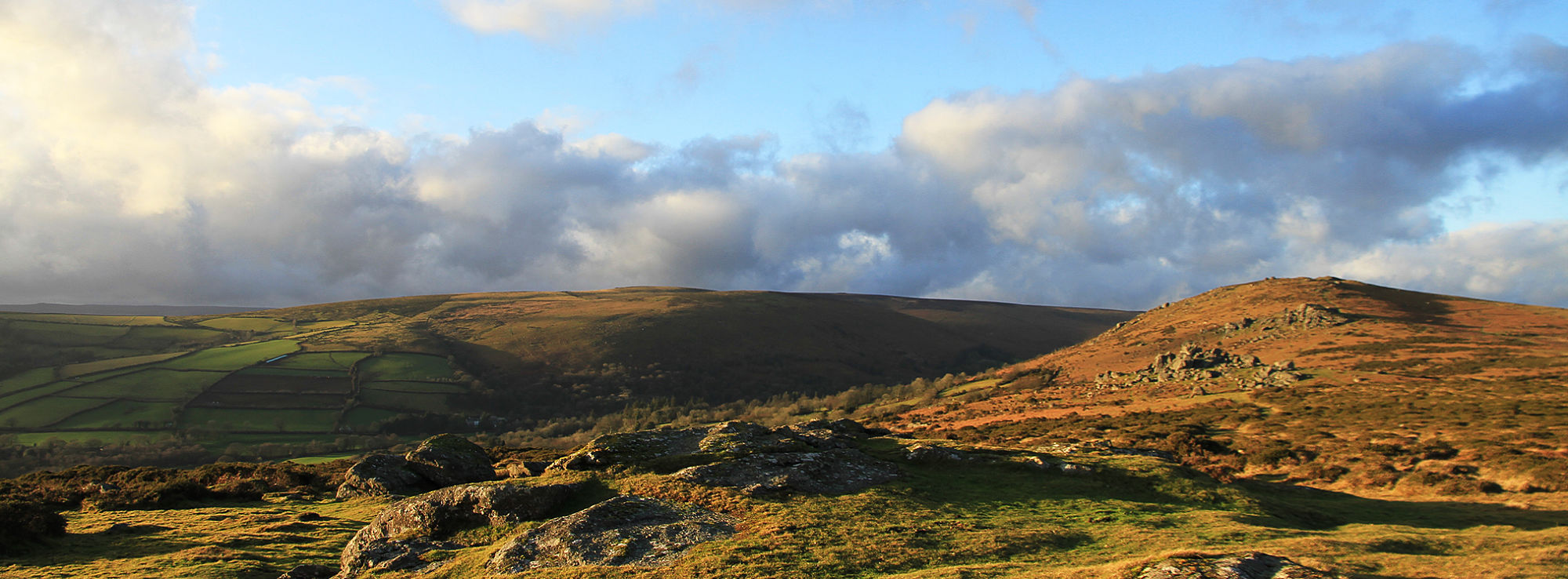On a beautiful, sunny day in April, members of the Moor Medieval Study Group gathered in Bovey Tracey for an archaeological test pit training event. The day, part of the Moor than meets the eye Moor Medieval project, led by Historic Buildings Officer Keith McKay, took place in a garden in Bovey Tracey, thought to contain the remains of a Medieval building.
A test pit is a small-scale archaeological excavation, usually consisting of a 1m by 1m square trench. Groups of test pits are used to sample the range of artefacts present in the topsoil across an area. Each pit is dug methodically in ‘spits’ or layers around 10 cm deep with the finds from each layer being kept separate and carefully recorded. Comparing the results of multiple test pits can indicate the type of archaeology which may lie buried beneath the soil. Programmes of test pits can be combined with historical research or different types of field survey to provide a powerful tool for the investigation of the past enabling archaeologists and historians to understand the development of sites, hone research questions and target future work more effectively. Dr Lee Bray, National Park archaeologist started the day’s training by explaining how to set up a test pit, remove and store turf, and excavate in spits. Due to the large group size, four test pits were opened in various locations around the garden and orchard and digging began in earnest.
Lee, Emma Stockley, Community Heritage Officer for the MTMTE scheme, and medievalist, Dr David Stone advised on archaeological excavation technique, changes in soil appearance and characteristics and assisted with finds identification. Frances and Malcom Billinge, who have both already undertaken a successful test pit project in the town, were on hand for further advice. Malcolm, armed with a toothbrush, was also on finds washing and identification duty for much of the day.
Some metal detectorists were invited to attend the event including Andy Robinson who found a medieval French coin known as a jeton during the MTMTE-funded North Hall Manor excavation in Widecombe last year. Unfortunately, the only metal finds during this event were pieces of old wire and some tin foil.
Spoil from the test-pits was sieved to ensure that small fragments of material were not overlooked and by the end of the day, all four pits had produced a smattering of finds including several sherds of medieval pottery, a small piece of clothing toggle and excitingly, some possible glazed tiles. Pit 2 revealed what appeared to be a metaled (a surface covered with broken stones) or cobbled surface. This was photographed, its location recorded, before being covered over once more. Could this be the courtyard of a medieval building or is it simply an old garden path? Further research will hopefully reveal more!
Many thanks to David Stone and his family, Zack Stone for helping to photograph the event, the Church for providing additional car parking as well as all those who took part and helped to make the day hugely enjoyable and informative.
For more information about the Moor Medieval project and how you can get involved, please contact Emma Stockley emma@moorthanmeetstheeye.org
by Emma Stockley





